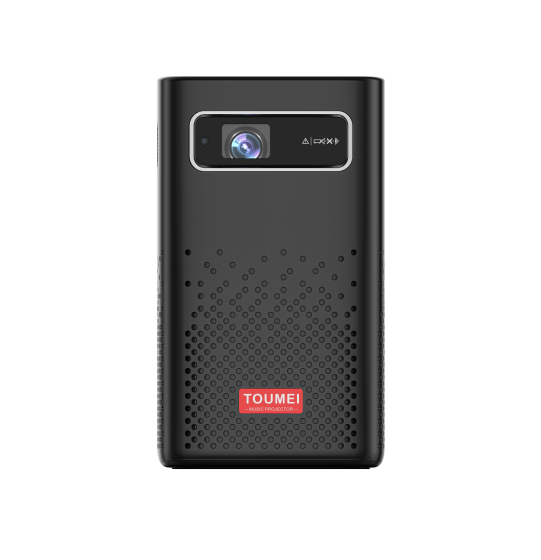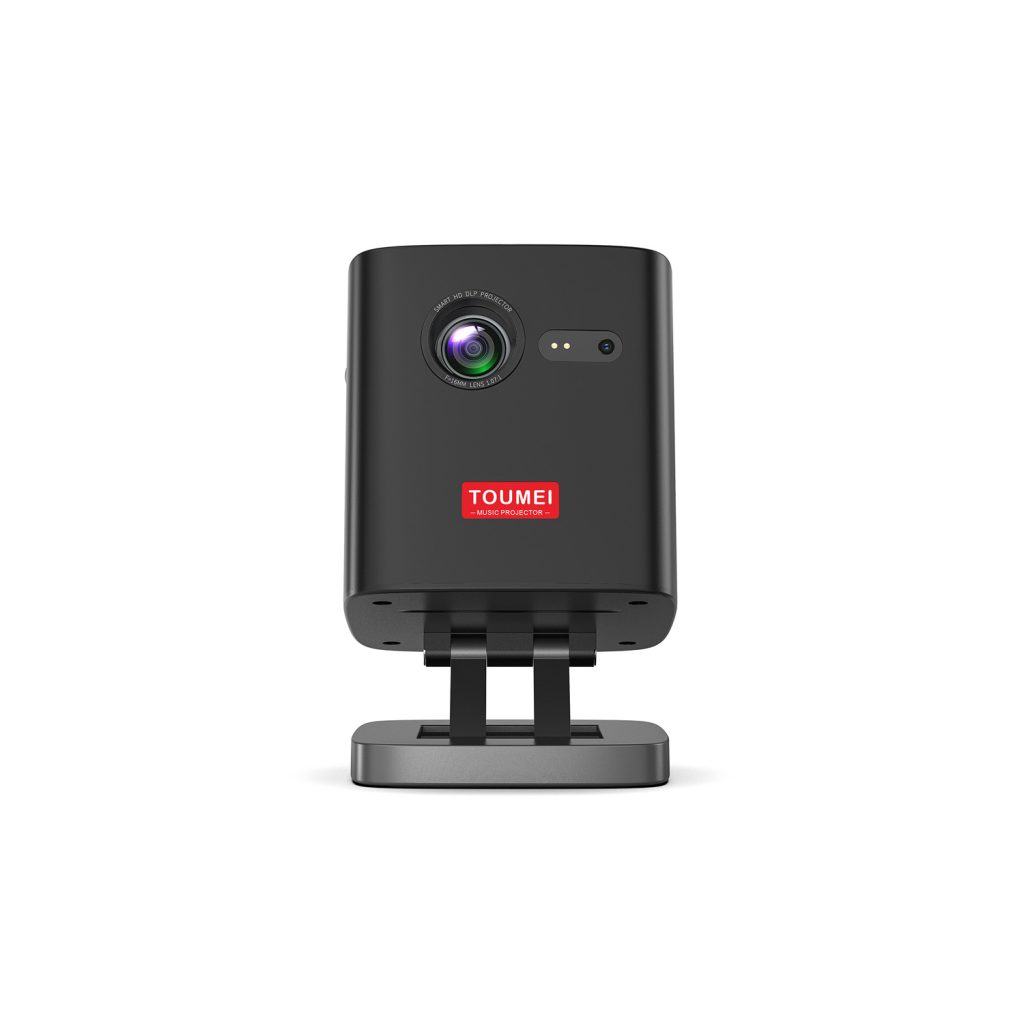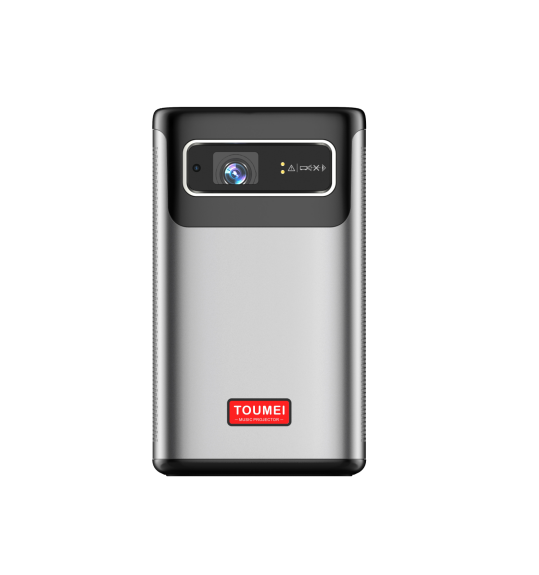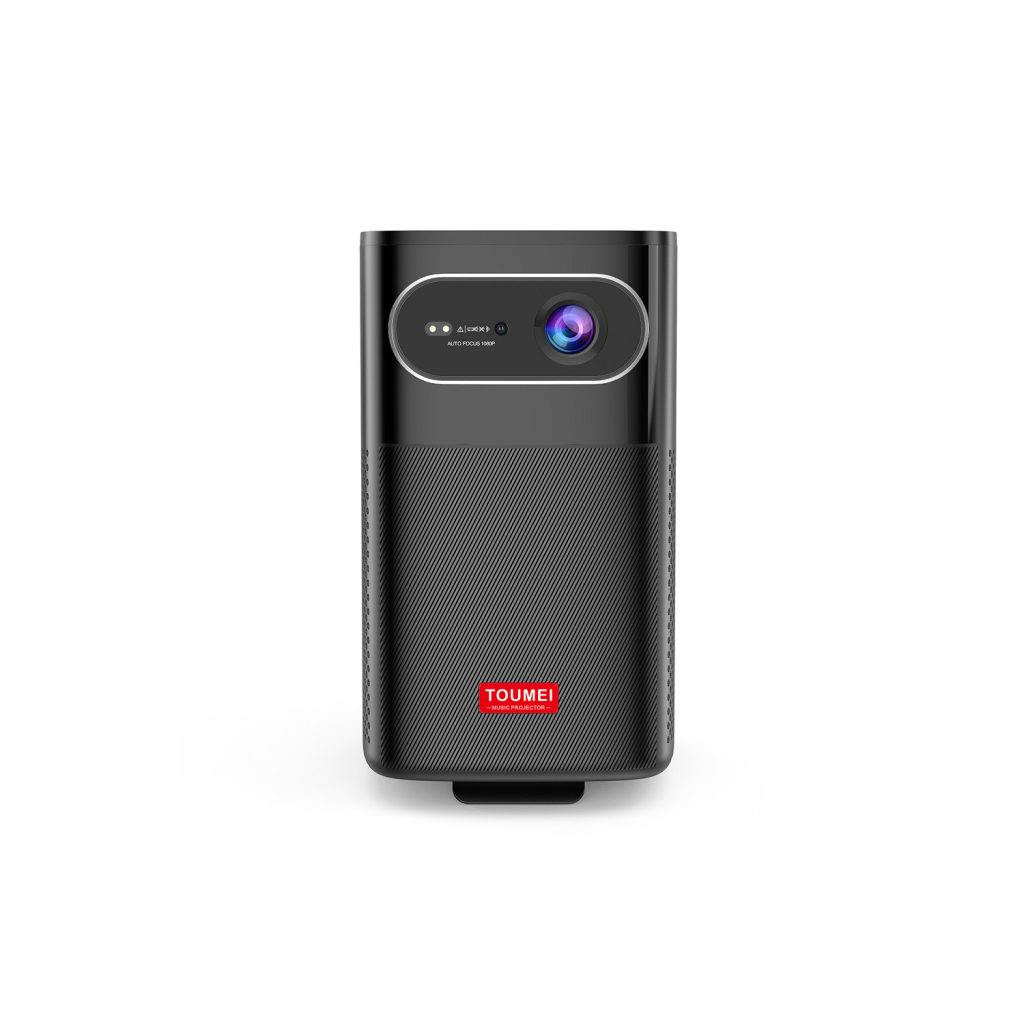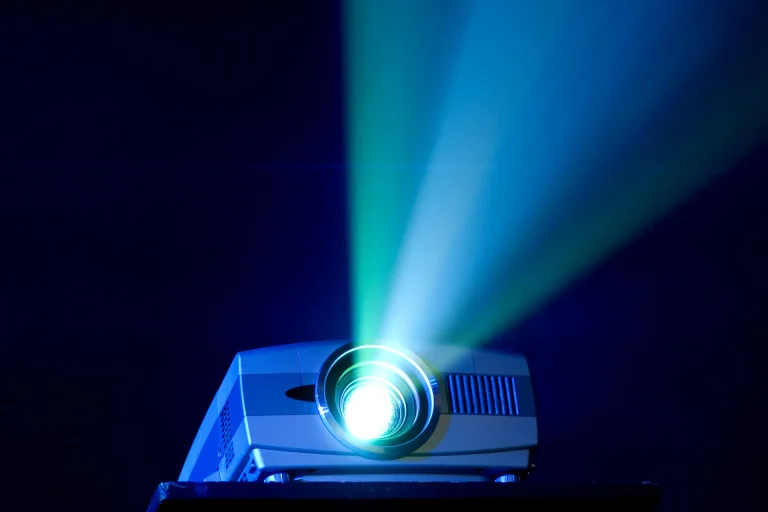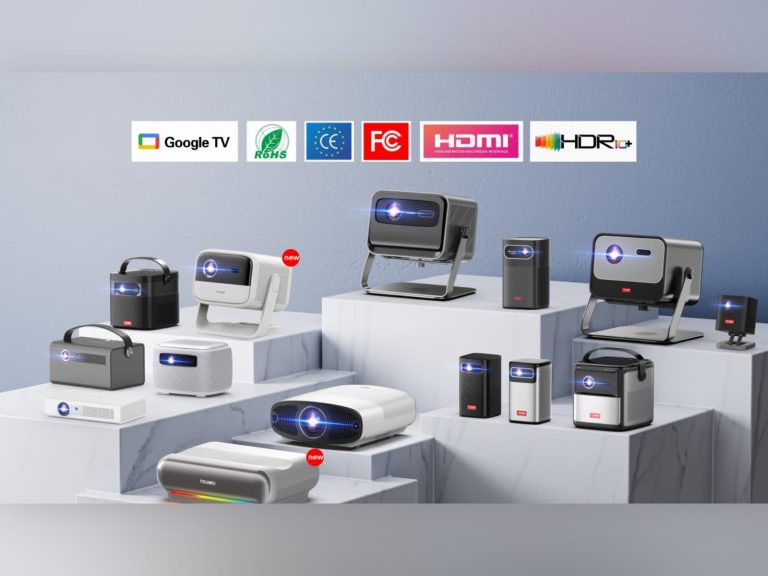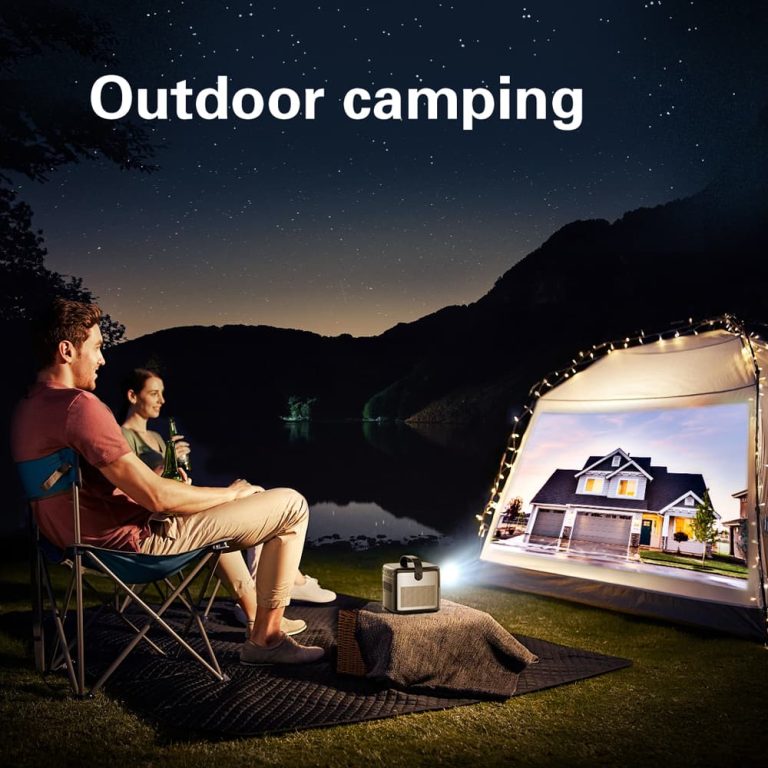Choosing Projector Brightness: How Many ISO Lumens Are Enough?
When buying a projector—whether for home entertainment, business presentations, or outdoor movie nights—one of the most crucial specifications to understand is brightness. Often measured in ISO lumens (a more standardized and accurate unit than traditional ANSI lumens), projector brightness plays a key role in determining image clarity, color vibrancy, and usability in various lighting conditions.
But how many ISO lumens do you actually need? The answer depends on your usage scenario, screen size, and ambient light. In this article, we’ll walk you through how to choose the right brightness for your needs and help you avoid the common mistake of overpaying for unnecessary lumens—or worse, underestimating what’s required.
What Are ISO Lumens?
ISO lumens are a standardized measurement of projector brightness, determined using strict guidelines set by the International Organization for Standardization (ISO). Unlike other metrics that can vary widely between manufacturers, ISO lumens provide a more consistent and comparable figure, giving buyers greater confidence when comparing projectors.
How Bright Should Your Projector Be?
| Usage Scenario | Ambient Light Level | Recommended ISO Lumens |
|---|---|---|
| Home Theater (Dark Room) | Very low | 300 – 800 |
| Home Use (Living Room) | Moderate ambient light | 800 – 1500 |
| Office Presentations | Fluorescent lighting | 1500 – 3000 |
| Large Conference Room / Classroom | Brightly lit | 3000 – 5000 |
| Outdoor Projection (Evening) | Low to moderate | 1000 – 2500 |
| Outdoor Projection (Daylight) | High | 4000+ |
💡 Pro Tip: A brighter projector doesn’t always mean better. Higher brightness often comes with more power consumption, more fan noise, and sometimes reduced contrast. Choose the right balance based on your actual needs.
Factors That Affect Your Brightness Needs
1. Room Lighting Conditions
This is the most critical factor. A projector that works perfectly in a dark room may look washed out in a well-lit space. If you can’t control ambient light (e.g., in a classroom or outdoor event), you’ll need a higher brightness level.
2. Screen Size and Distance
Larger screen sizes require more light to maintain image clarity and vibrancy. If you’re projecting a 150-inch image, you’ll need a higher lumen count compared to projecting onto a 90-inch screen.
3. Projection Surface
Projecting onto a high-gain screen or reflective surface can improve brightness. Conversely, projecting onto a textured or colored wall will reduce visible brightness and image quality.
4. Content Type
Text-heavy presentations require more brightness than watching movies, especially in brightly lit rooms. For cinematic content in dark spaces, contrast and color richness are more important than sheer brightness.
Why ISO Lumens Matter More Than Marketing Hype
Many manufacturers list “LED lumens” or inflated brightness numbers that don’t reflect real-world performance. This can be misleading. That’s why choosing a projector that clearly specifies ISO lumens is essential for accurate expectations.
For example, our Portable DLP Projector with 600 ISO Lumens is designed specifically for small living rooms, bedrooms, or even outdoor movie nights. With true ISO brightness, compact design, and cinematic-grade DLP imaging, it strikes the perfect balance between portability and visual performance.
Use Case Examples
✅ Home Cinema Enthusiast
You have a cozy room with blackout curtains and want an immersive movie experience. A projector with 400–800 ISO lumens is sufficient, and will deliver vibrant colors and deep contrast without overwhelming brightness.
Recommended model:
👉 DLP Projector – 600 ISO Lumens | Ultra Compact
✅ Business Professional
You frequently deliver PowerPoint presentations in offices with strong overhead lighting. You need a projector with at least 2000 ISO lumens for a crisp, clear image that holds up in ambient light.
✅ Outdoor Movie Lover
Planning movie nights in your backyard or at the campsite? You’ll want at least 1000–1500 ISO lumens, depending on whether you’re projecting before or after sunset.
Additional Tips for Choosing a Brightness Level
- Go higher if in doubt: If you’re unsure or your environment is unpredictable, lean toward the higher end of the brightness range.
- Pair with the right screen: A good projection screen can improve brightness and clarity without upgrading the projector.
- Check for ISO spec confirmation: Always look for a projector that clearly states ISO lumens—not just “lumens”—to avoid being misled.
Conclusion: Finding Your Brightness Sweet Spot
The right projector brightness depends on more than just specs—it’s about how and where you plan to use it. Whether you’re building a home theater or lighting up a conference room, knowing your required ISO lumens will help you choose the right model confidently.
Still not sure what projector fits your needs?
🎯 Check out our best-selling 600 ISO Lumens Portable DLP Projector — ideal for home entertainment, travel, and casual presentations. Lightweight, vivid, and ultra-convenient.
🔍 Need help finding the perfect projector for your setup?
Browse our full range of DLP projectors or contact our team for a personalized recommendation.

